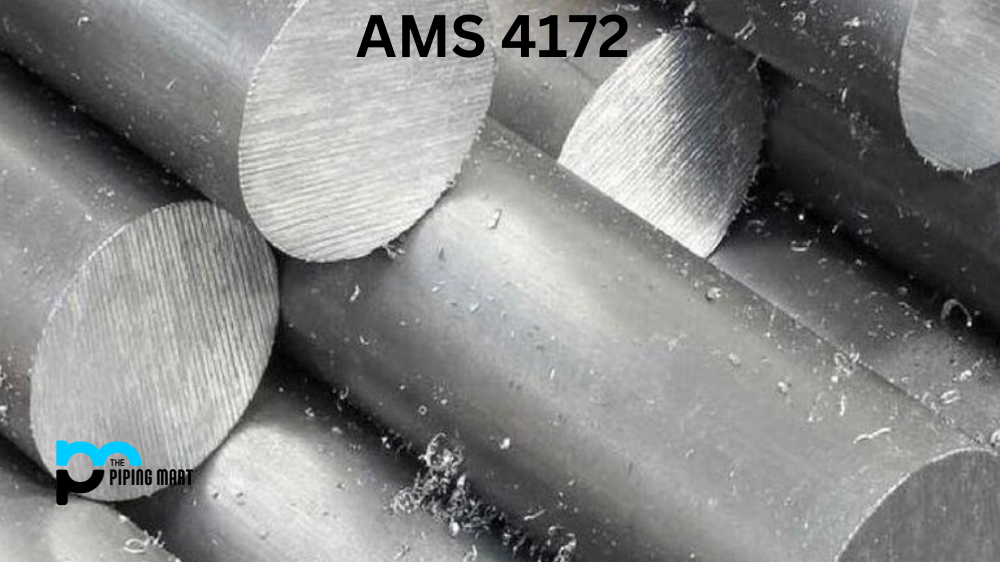For the past century, stainless steel has been used for a variety of applications due to its durable and corrosion-resistant properties. Out of all the types of stainless steel, 310H stainless steel offers some of the highest resistance to heat and corrosion and is perfect for use in high-temperature environments. Let’s take a closer look at what makes 310H stainless steel so powerful.
What is 310H Stainless Steel?
UNS S31009 is an austenitic chromium-nickel alloy that contains a higher carbon content than its predecessor. This increased carbon content allows it to be heat treated to higher hardness or strength levels without compromising its resistance to oxidation, sulfidation, and carburization. It also provides excellent creep strength up to 1500°F (815°C).
310H Stainless Steel Chemical Composition
The chemical composition of UNS S31009 consists primarily of iron, with 24% chromium, 19% nickel, and 5% manganese making up the remainder. Additionally, it contains trace amounts of phosphorus, sulfur, silicon, and carbon. These elements combine together to give 310H its incredible strength as well as excellent resistance to oxidation at high temperatures.
| Element | Content (%) |
|---|---|
| Iron, Fe | 49.075-45.865 |
| Chromium, Cr | 24-26 |
| Nickel, Ni | 19-22 |
| Manganese, Mn | 2 |
| Silicon, Si | 0.75 |
| Phosphorous, P | 0.045 |
| Carbon, C | 0.040-0.10 |
| Sulfur, S | 0.03 |
310H Stainless Steel Chemical Properties
Chemical properties make stainless steel 310H a valuable material for many industrial applications. Its resistance to corrosion, elevated temperatures, and strength are among its most appealing features. This type of steel also has a low thermal expansion, making it ideal for use in pipes and tubing. Moreover, its excellent oxidation resistance helps the steel retain surface properties under high-temperature operations such as welding and heat treatment. Manufacturers of machinery components often select 310H stainless steel because it offers a combination of toughness, formability and longevity—it’s able to resist damage caused by chemical exposure over time. In a nutshell, chemical properties make this type of stainless steel well-suited for any job that requires extreme durability in extreme conditions.
310H Stainless Steel Mechanical Properties
| Properties | Metric | Imperial |
|---|---|---|
| Tensile strength | 515 MPa | 74694 psi |
| Yield strength | 205 MPa | 29732 psi |
| Modulus of elasticity | 200 GPa | 29000 ksi |
| Shear modulus | 77.0 GPa | 11200 ksi |
| Poissons ratio | 0.3 | 0.3 |
| Elongation at break (in 50 mm) | 40% | 40% |
| Hardness, Rockwell B | 95 | 95 |
| Hardness, Brinell | 217 | 217 |
310H Stainless Steel Physical Properties
UNS S31009 has a number of physical properties that make it an ideal choice for many applications. It is strong yet ductile enough to be machined easily into practically any shape desired. Its low coefficient of thermal expansion also makes it suitable for welding applications where the material will be exposed to high temperatures on a regular basis. Additionally, it is highly resistant to both corrosion and scaling despite being exposed to even extreme temperatures over long periods of time.
| Quantity | Value | Unit |
|---|---|---|
| Thermal expansion | 16 – 17 | e-6/K |
| Thermal conductivity | 16 – 16 | W/m.K |
| Specific heat | 500 – 500 | J/kg.K |
| Melting temperature | 1370 – 1400 | °C |
| Service temperature | 0 – 500 | °C |
| Density | 8000 – 8000 | kg/m3 |
| Resistivity | 0.7 – 0.7 | Ohm.mm2/m |
310H Stainless Steel Equivalent
- SS310H
- UNS S31009
- WERKSTOFF NR. 1.4845
310H Stainless Steel Uses
Due to its outstanding properties and features, UNS S31009 is used in many industries, including aerospace engineering, oil refining equipment manufacturing, chemical processing equipment manufacturing, petrochemical industry, power generation plants, food processing equipment manufacturing, pharmaceutical industry, and medical instruments manufacturing. Furthermore, this alloy provides superior resistance against general corrosion, which makes it ideal for use in corrosive environments such as offshore platforms. In addition, it offers superior resistance against pitting and crevice corrosion which makes it suitable for use in chemicals containing chlorides or other halide elements.
Conclusion
In conclusion, 310H stainless steel provides an ideal combination of durability and strength with excellent resistance against oxidation at high temperatures. Its ability to retain these properties even after long exposure to harsh environments makes this alloy suitable for many different industries such as aerospace engineering, oil refining equipment manufacturing, chemical processing equipment manufacturing etc. Furthermore, proper heat treatment can allow you to achieve maximum hardness while still maintaining superior strength characteristics. Finally, machining should be done with care due to its high work hardening rate, while welding can be achieved using various techniques depending on specific requirements. All these factors combined make this alloy one of the most versatile materials available on the market today.

Pipingmart is a B2B portal that specializes in metal, industrial and piping items. Additionally, we share the latest information and information about materials, products and various types of grades to assist businesses that are involved in this business.




